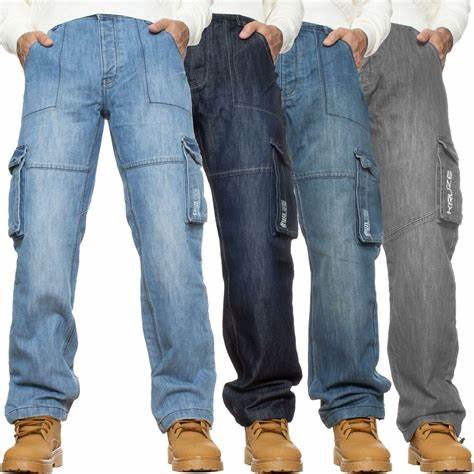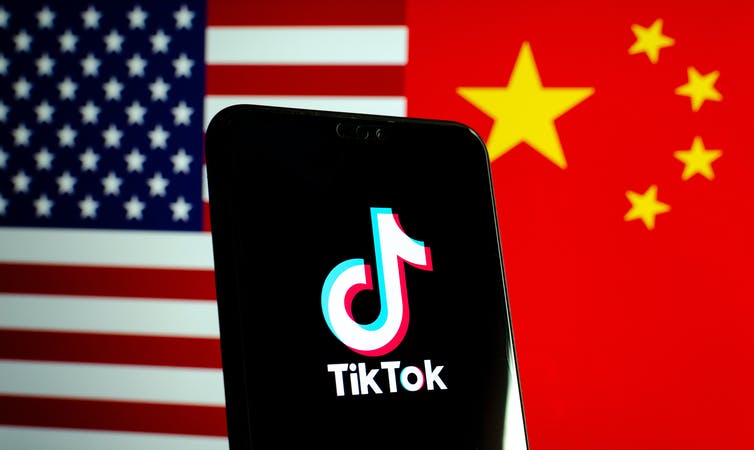
The world’s second-largest garment manufacturing hub Bangladesh has often been ignored by the niche but profitable high-end fashion sector as the South Asian nation had established itself as one of the top sources for basic garments. However, things are changing, post pandemic and the Russia-Ukrainian conflict that just won’t go away. Many luxe brands are now sourcing more from Bangladesh as the country meets quality requirements and is able to deliver as per orders.
Luxury brands serious about Bangladesh
US-based brands have been the first as the US-China face-off continues and American brands, to avoid conflict in their domestic market, find in Bangladesh, a reliable and uninterrupted source. Bangladesh has already been manufacturing for Ralph Lauren, Tommy Hilfiger, Gap, Calvin Klein, Timberland and Puma as well as the Italian Giorgio Armani and Dutch fashion brand G Star Raw. Ralph Lauren has also commissioned a few Bangladeshi textile manufacturers to produce their quality of denim fabric. Recently, Bangladeshi media reported a four-member buyers’ team from Hugo Boss AG had visited the country to look for supplier partners that meet the German luxury label’s standards.
Hassan points out, many international luxury fashion brands are shifting their orders to Bangladesh from China and Vietnam as the country’s suppliers gained the confidence of global buyers amid a supply chain disruption. Moreover, US brands are transferring orders to Bangladesh from China due to geopolitical issues, as they find Bangladesh a reliable supplier.
Companies likes the DBL Group, Square Group, Viyellatex Group are all getting orders from top luxury brands like Ralph Lauren, Hugo Boss among others. As per a TBS news, Dutch fashion brand G-Star RAW is looking to source about two lakh pieces of outerwear worth around $10 million from Bangladeshi manufacturer Snowtex Outerwear. For sportswear brand Puma, Urmi Group is the one of largest suppliers of Puma.
No change in vendor pricing post-pandemic
As per a study by a group of British financial researchers that interviewed around a thousand Bangladeshi garment manufacturers, big clothing brands are squeezing Bangladeshi suppliers to offset inflation. About 70 per cent brands sourcing from Bangladeshi garment manufacturing factories are paying vendors about the same as before the pandemic. This translates to an unfair trade as the pre-pandemic negotiated prices do not factor in the sharp increase in raw material and energy prices.
The study indicates while the big brand names might add glitter but in reality have done nothing to help Bangladesh’s garment manufacturing sector generate sustainable profits and better wages for its workers. Professor Muhammad Azizul of Aberdeen Business School that lead the research stated when suppliers are underpaid, workers are the ones who are impacted. The number of workers employed in factories that participated in the study post-pandemic was about 10 per cent lower than pre-COVID levels in 2020 despite a rise in clothing exports from Bangladesh. H & M Hennes & Mauritz AB, Inditex SA’s Zara, Walmart Inc. and Gap Inc. were among the large international retailers that were named in the report.
Bangladesh has done much towards quality output
During the Bangladesh Business Summit 2023, representatives of the country’s garment manufacturing industry requested international fashion brands to be fair in terms of negotiated prices as Bangladesh has certainly invested in improving quality and diversity of products. President of Bangladesh Garment Manufacturers and Exporters Association (BGMEA) Faruque Hassan stated the practice of paying Bangladeshi garment exporters much lower than global average prices was unethical and went against all the effort the South Asian nation has made, including green compliances. Mohammed Hatem of Bangladesh Knitwear Manufacturers and Exporters Association (BKMEA) pointed out that massive progress was made in the areas of workplace safety and environmental sustainability and today Bangladesh has proudly positioned itself as the world’s most preferred apparel sourcing destination. Hatem says, Bangladesh has the highest number of green factories and in fact eight of the world’s top 10 green factories.
End of the day, whilst its portfolio of luxury and fashion brands might look stellar, is the country’s garments manufacturing centre benefitting from improved profits and better wages remains to be seen.










